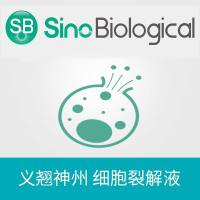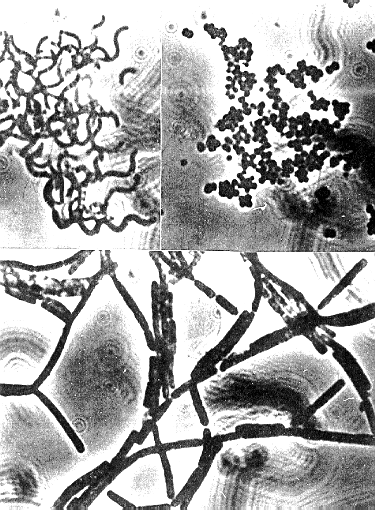Chromosomal DNA Extraction from Gram-positive Bacteria
互联网
Chromosomal DNA Extraction from Gram-positive Bacteria
This procedure was originally developed for Listeria monocytogenes but has worked well with other Gram+ bacteria we've tried.
- Pellet cells from 10 ml overnight cultures in BHI or LB and wash in 5 ml of 0.1X SSC.
- Resuspend in 1 ml 10 mM Tris-HCl (pH 8.0) containing 20 % sucrose (v/v), add lysozyme to 2.5 mg/ml, and incubate at 37 C for 45 min.
- Add 9 ml lysis buffer (10 mM Tris-HCl [pH 8.0], 1 mM EDTA, 500 mg pronase B, 1 % SDS), and incubate additional 30 min at 37 C.
- Phenol and chloroform extract lysed cells, and ethanol precipitate the DNA with 0.1 vol. 3 M sodium acetate, pH 4.8 and 2 vol. 95% ethanol.
- Spool out DNA with a glass rod, wash once with 80% ethanol before drying.
Some bacterial species may require a longer incubation in lysozyme. For Renibacterium salmoninarum (a G+ salmon pathogen we work with), lysozyme incubations overnight at 37 C worked very well with high yields of DNA
ref: Flamm, R. K., Hinrichs, D. J., and Thomashow, M. F. 1984. Introduction of pAMb 1 into Listeria monocytogenes by conjugation and homology between native L. monocytogenes plasmids. Infect. Immun. 44:157-161. [Abstract ]










